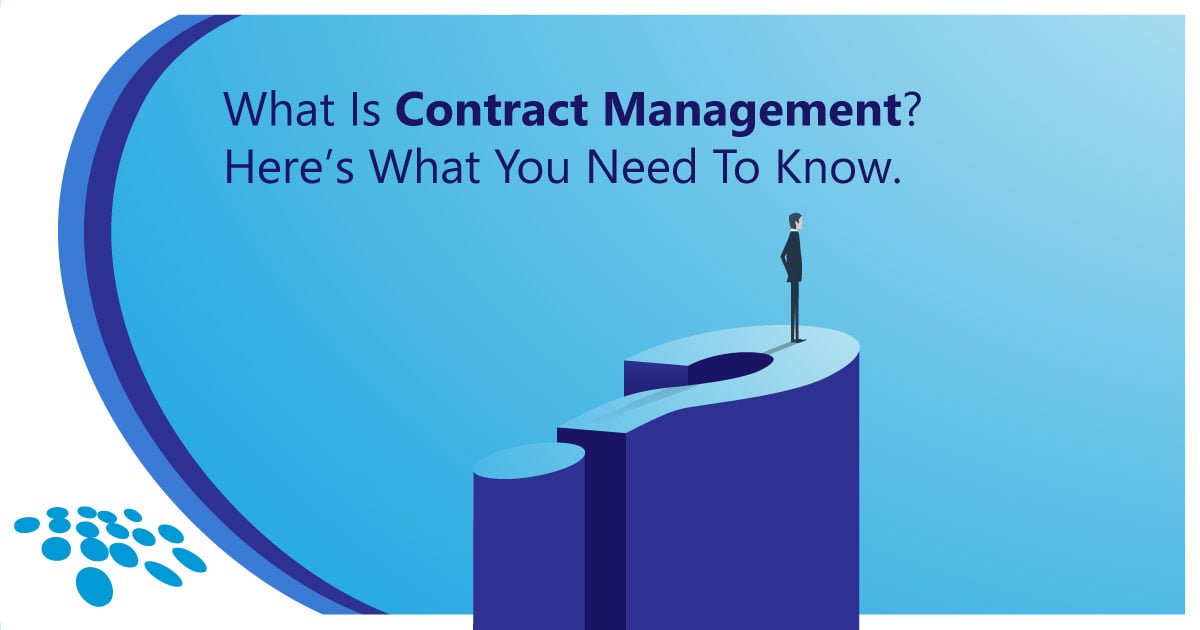The foundation of productive company partnerships and operations is contract management. Knowing the basics of contract administration may be the difference between expensive blunders and a seamless operation, regardless of how big or little your company is. This blog breaks down difficult ideas into easily understood insights that you can use right now in your job by examining five crucial contract management areas that every professional should be aware of.
- The Foundation: Understanding Contract Lifecycle Management
A contract’s journey doesn’t end when the ink dries; it starts well before the signings. Consider contract lifecycle management as a meticulously planned dance, in which every move needs to be performed exactly as it should in order to get the intended result. Every stage, from the first request and authoring stage to the discussions, approvals, and final contract close, needs to be handled carefully and correctly to guarantee success.
Creating and keeping documentation is only one aspect of managing contracts’ lifespan. It necessitates keeping a methodical record of significant dates, deadlines, and commitments. Think about it: a normal mid-sized business oversees hundreds or even thousands of contracts at once. Inadequate lifetime management might result in important renewal dates being forgotten, compliance requirements being disregarded, and important negotiating chances being lost. Organizations may remain proactive rather than reactive by adopting this holistic approach to contract management.
Knowing how each contract affects many departments and stakeholders is one of the most important parts of contract lifecycle management. A single vendor contract, for instance, may have an effect on the teams in charge of operations, finance, legal, and procurement. Organizations may better organize these interdependencies and make sure that all parties are in agreement with their contractual duties and expectations by keeping clear visibility throughout the contract’s lifespan. This all-encompassing strategy encourages improved cooperation throughout the company and helps avoid silos.
- Risk Management and Compliance: Protecting Your Organization
In contract management, risk management is about safeguarding your company’s interests, reputation, and financial success, not only about avoiding legal issues. There are hazards associated with any contract, ranging from operational dependency to financial vulnerability. Early risk identification, evaluation of the risks’ possible effects, and use of suitable mitigation techniques are crucial. By taking a proactive stance, businesses may steer clear of expensive conflicts and preserve positive working relationships.
Contract management is further complicated by compliance obligations. Organizations must make sure their contracts comply with the regulatory requirements that differ for different sectors. This covers everything, from industry-specific compliance standards to data protection laws. Contract conditions are routinely audited and reviewed to assist guarantee continued compliance and spot any possible holes that should be filled. Keep in mind that compliance is a continuous process that calls for regular attention and updates rather than a one-time accomplishment.
When managing contract risks and compliance, modern firms also need to take into account the global nature of business. Organizations must negotiate various legal frameworks, cultural conventions, and commercial practices as global collaborations become more prevalent. This entails being aware of how different countries interpret the provisions of contracts as well as making sure that agreements are enforceable in all applicable jurisdictions. By incorporating this global viewpoint into your risk management plan, you can safeguard your company’s interests internationally.
- Standardization and Templates: The Building Blocks of Efficiency
Making fresh contracts for each new agreement is not only ineffective, but also dangerous. Standardization through carefully designed templates speeds up the contract generation process, lowers mistakes, and offers uniformity. These templates have to be dynamic documents that are frequently reviewed and amended to take into account evolving legal requirements, company demands, and lessons gained from previous agreements. Consider templates as the cornerstone of your contract management strategy, offering a solid place to start when negotiating.
Striking the correct mix between uniformity and flexibility is essential to efficient template management. Standard terms and safeguards should be included in templates, but they should also be flexible enough to take into account particular company needs and situations. This entails building an easily insertable library of substitute clauses and variants. The idea is to allow for customization where it brings value while preserving consistency where it counts.
A hierarchical template system that represents various agreement kinds and risk levels should also be considered by organizations. For instance, regular operational agreements may employ simpler versions of templates, but high-value strategic collaborations may need more extensive ones with extra protections. While keeping the contract development process efficient, this methodical methodology helps guarantee that each contract’s degree of protection and complexity corresponds to its significance and risk profile.
- Negotiation and Collaboration: The Art of Agreement
Effective negotiating and teamwork are essential for contract management success. Value is produced or lost during the negotiation process; thus it is important to approach this step with the right planning and strategy. Essential skills include knowing your negotiating boundaries, comprehending the needs of your organization, and preserving professional relationships at every stage. Keep in mind that the most successful talks lead to win-win outcomes when both sides believe their goals have been met.
In contract management, cooperation goes beyond the negotiating table. Throughout the contract lifetime, internal stakeholders from different departments frequently need to examine terms, authorize modifications, and offer advice. It is possible to guarantee that all pertinent stakeholders may participate efficiently and without needless delays by establishing defined procedures and communication channels. This cooperative strategy aids in capturing a range of viewpoints and knowledge, resulting in more solid and useful agreements.
- Performance Monitoring and Analysis: Measuring Success
To make sure that both parties carry out their responsibilities as well as that the desired value is obtained, contract performance monitoring is crucial. This entails monitoring deliverables, as well as milestones, along with key performance indicators (KPIs) during the course of the contract. Frequent performance evaluations aid in the early detection of any problems, enabling prompt action before they worsen. Keep in mind that good monitoring is about guaranteeing success for all parties and spotting areas for development, not about pointing fingers.
In contemporary contract management, data analysis is becoming more and more significant. Organizations may find patterns, improve conditions for upcoming contracts, and make better decisions regarding contract renewals or terminations by examining contract performance data. Organizations may go from basic compliance monitoring to strategic contract management that generates business value with the use of this analytical method. To illustrate the need of efficient contract administration, take into account monitoring KPIs like contract cycle durations, compliance rates, and cost savings.
Conclusion
In today’s complicated business environment, procurement software is essential for organizational success. Organizations can create a solid contract management framework that adds value, lowers risks, and cultivates enduring business relationships by concentrating on these five crucial areas: lifecycle management, risk and compliance, standardization, negotiation, and performance monitoring. Recall that efficient contract administration is a process of constant adaptation and progress rather than a final destination.





